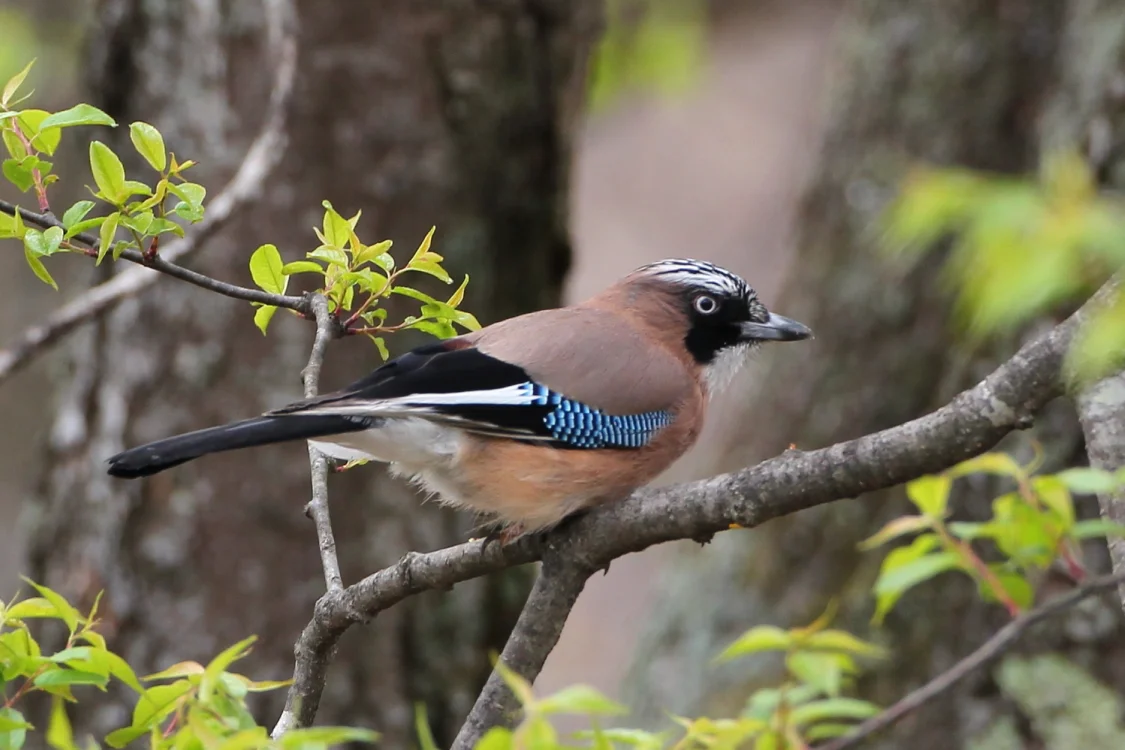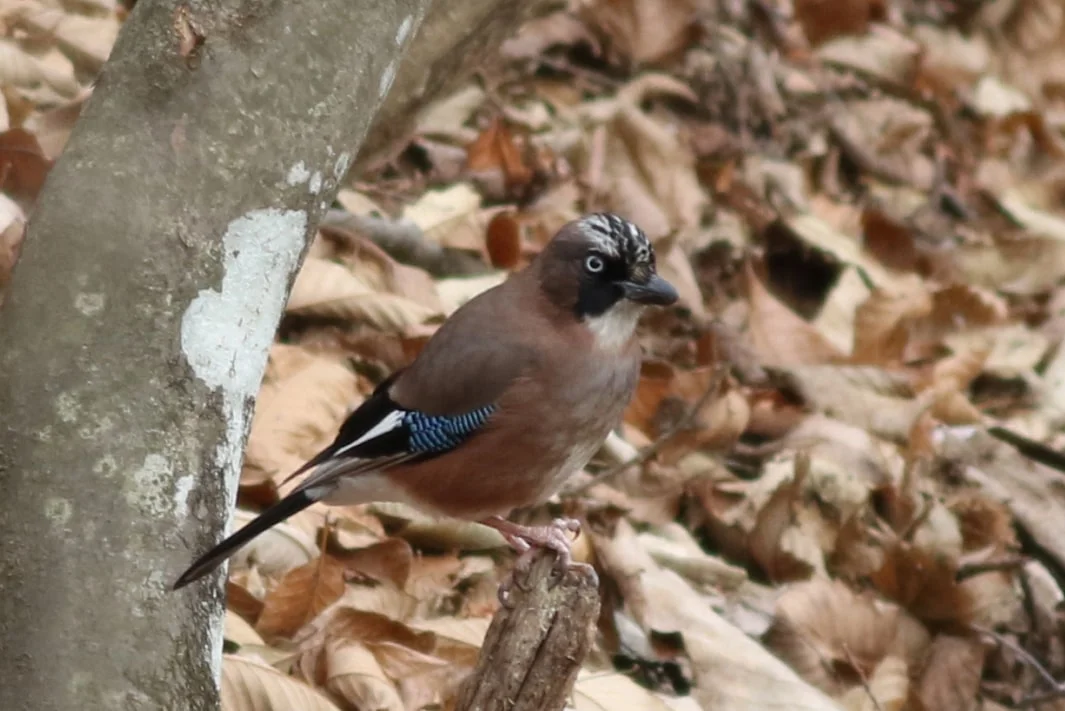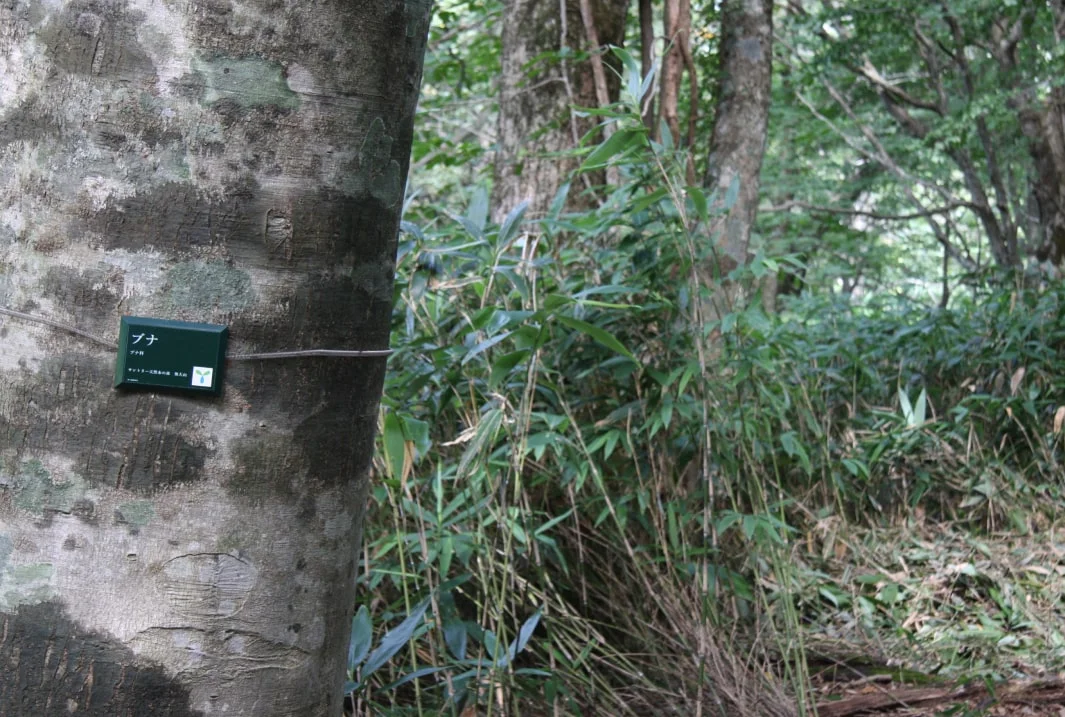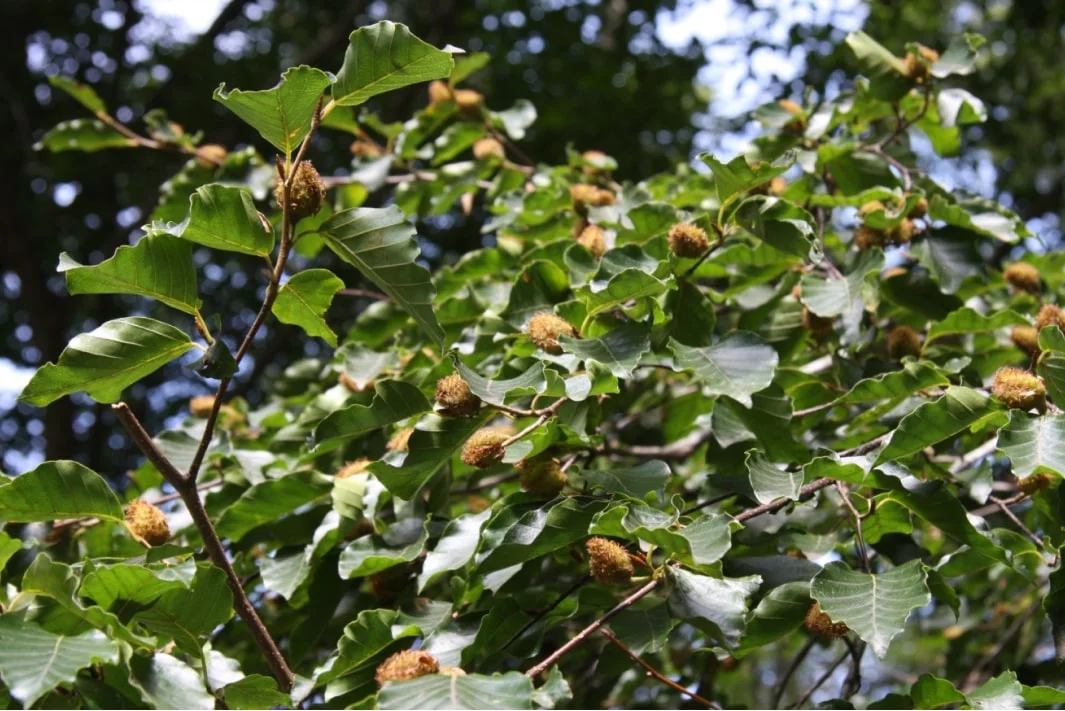Eurasian Jays

This page contains photos of animals.
Bird names are listed in accordance with the Check-list of Japanese Birds, 8th Revised Edition.The Eurasian Jay is a member of the crow family known for its impressive mimicry of other bird calls and even the sounds of machinery. It lives in a cooperative relationship with oak trees.
In Autumn, the Eurasian Jay is Busy Planting Acorns
The Eurasian Jay is an omnivorous bird that eats various foods, including nuts, insects, and frogs. During winter, however, food becomes scarce. To prepare, these Eurasian Jays collect acorns in autumn and bury them in the ground. Later, they dig them up to survive the winter food shortage — a truly clever strategy.

The Surprisingly Clever Strategy of the Oak Tree
Oak forests are known for the dramatic fluctuations in their acorn production from year to year. Even in good times, a bountiful yield happens only once every two years, and with their cousin the beech tree, it's not uncommon for good yields to occur only once every five or six years.


Eurasian Jays aren’t the only animals that love acorns. Bears, wild boars, raccoon dogs, and mice are also fond of them. If oak trees were to produce only a small number of acorns every year, those acorns would likely be completely devoured.
To counter this, the oak forest adopts a strategy of producing a massive number of acorns only in certain years. Faced with an overwhelming abundance of food, Eurasian Jays instinctively bury as many acorns as they can, all over the place. They don’t stop and think, “This is probably enough for the year.” As a result, in spring many acorns remain uneaten and sprout into seedlings, allowing the oak forest to thrive with a new generation.
The Cooperative Relationship Between Eurasian Jays and Oak Trees
At first glance, it may seem like Eurasian Jays are being used as part of the oak tree strategy. However, if you think further, by going along with this strategy, the Eurasian Jays are actually helping to maintain the oak forest habitat for their offspring far into the future.
In other words, the Eurasian Jays aren’t simply being utilized — in the long run, it’s a win-win relationship. Both Eurasian Jays and oak trees have remarkably intelligent strategies. Nature is full of beautiful partnerships like this.
Natural Water Sanctuaries are Home to Many Other Living Things
Learn about some of the birds, mammals, insects, and living things that enrich the soil thriving in our Sanctuaries.
Learn about the living things in the Natural Water Sanctuaries
 Home
Home Initiative Policy and Structure
Initiative Policy and Structure Living Things in the Natural Water Sanctuaries
Living Things in the Natural Water Sanctuaries Dedication to Water
Dedication to Water Natural Water Sanctuaries
Natural Water Sanctuaries  Natural Water
Natural Water  Initiative History
Initiative History